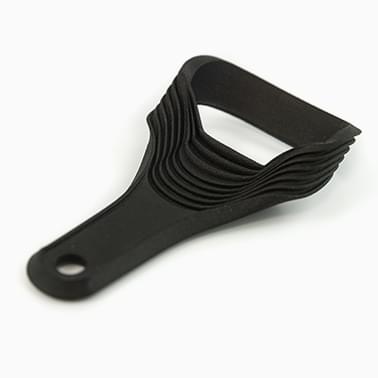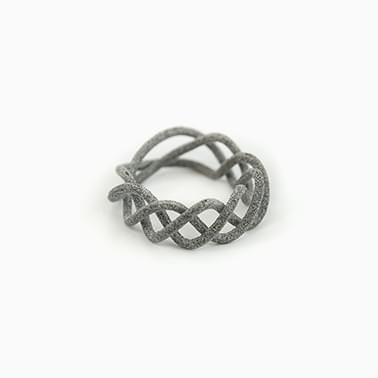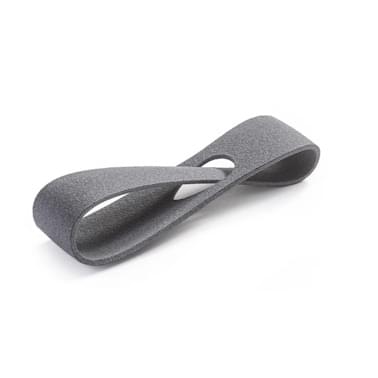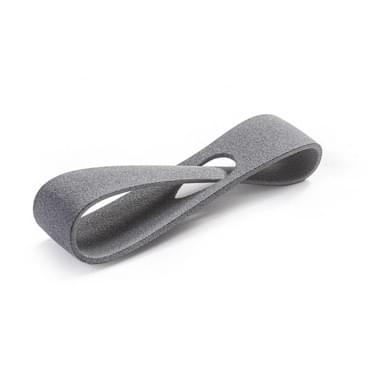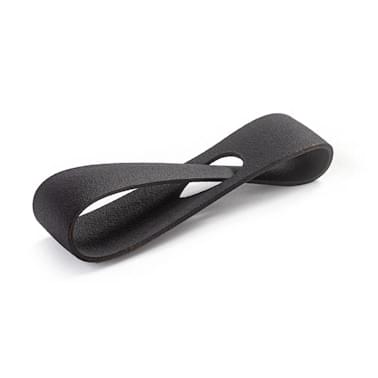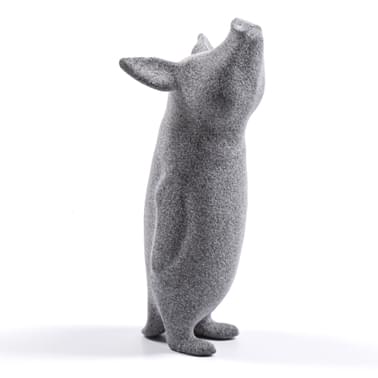How It Works
Materials
Polyamide-S
- High visual specifications
- Excellent dimensional accuracy
- Low post-processing requirements
- Max part dimensions: 370 x 274 x 375 mm
Polyamide
- Suitable for complex models, concept models, small series of models (several copies of a model), lamps, and functional models.
- Strong, somewhat flexible material that can take small impacts and resist some pressure while being bent
- Fine, granular looking surface, but the material can be dyed
- Slightly porous but with higher density and lower porosity than parts produced with Laser Sintering
- Allows the greatest freedom of design of all 3D printing techniques
Polyamide (PA11)
- Flexible and stress-resistant
- Excellent surface detail and dimensional accuracy
- High density and isotropy
- Smooth surface quality with minimal post-processing
- Max part dimensions: 370 x 274 x 375 mm
Rubber-like (MJF)
- Suitable for models that need shock absorption, gadgets, squeezable models, and functional models
- Strong, high-flexible and durable material that can be dyed black
- Fine, granular looking surface
- Abrasive resistant



